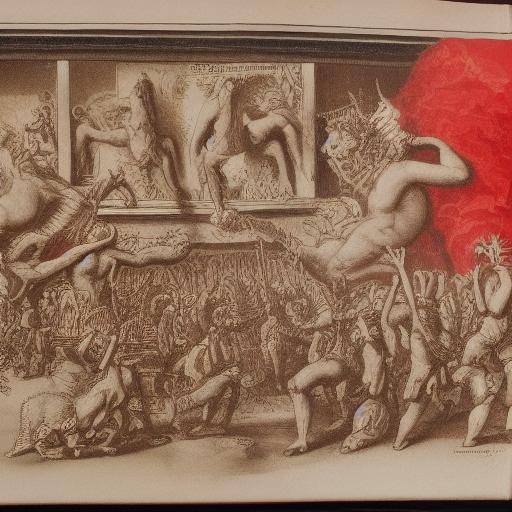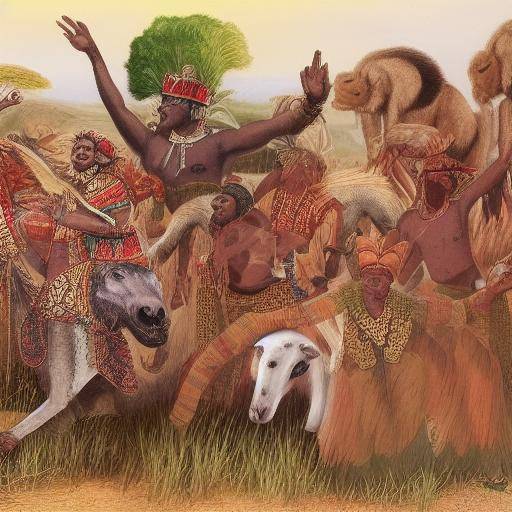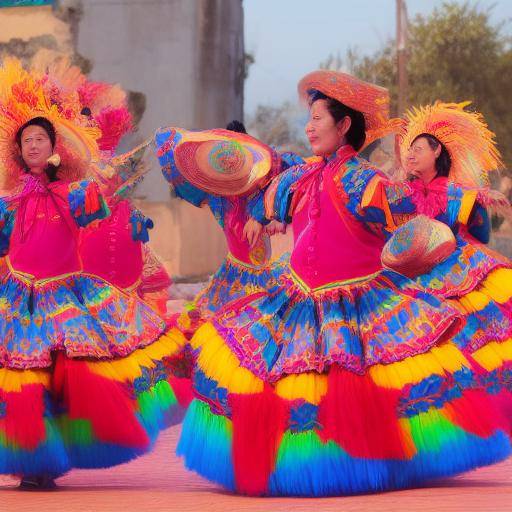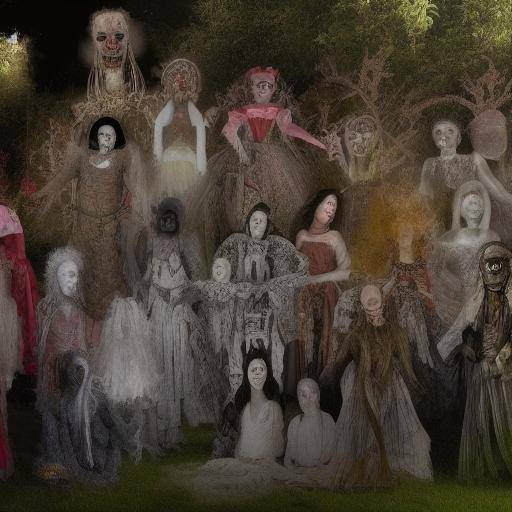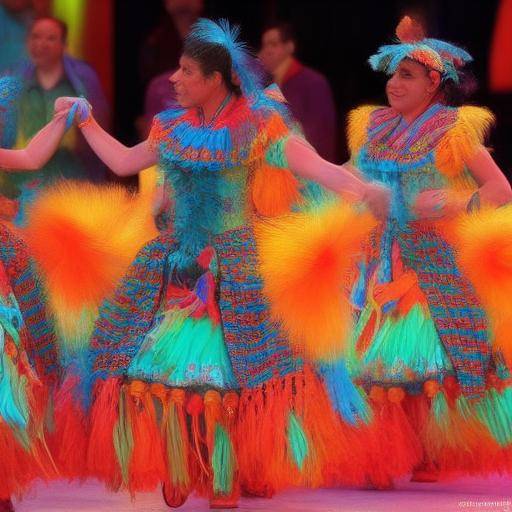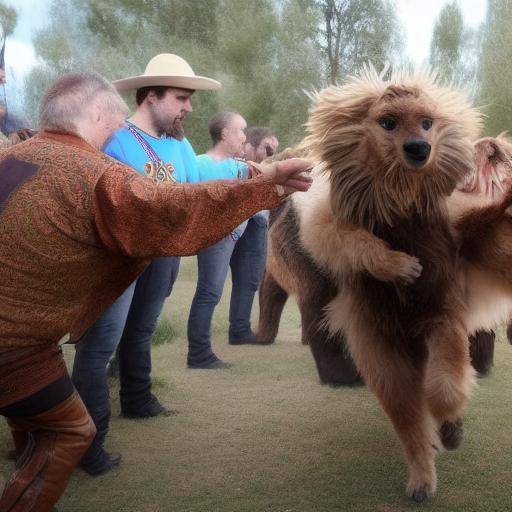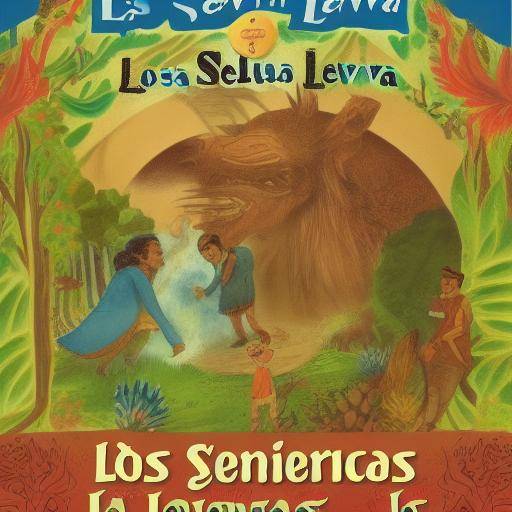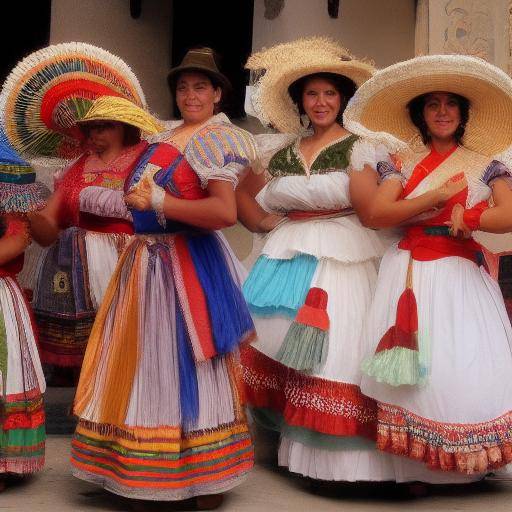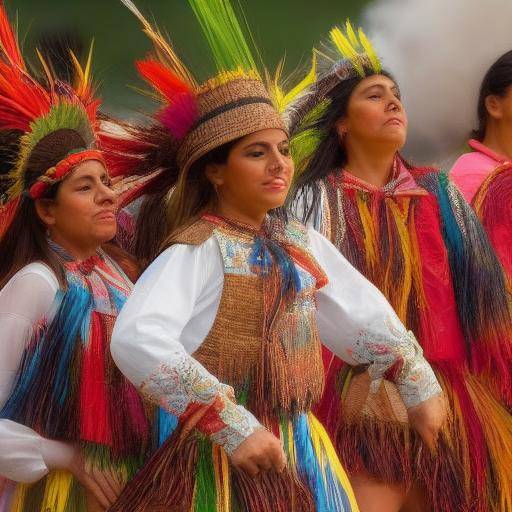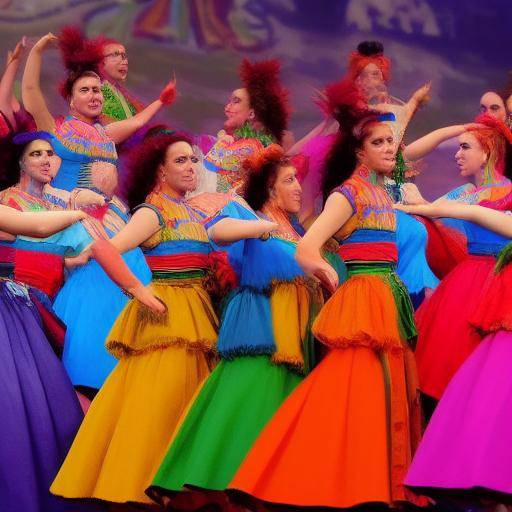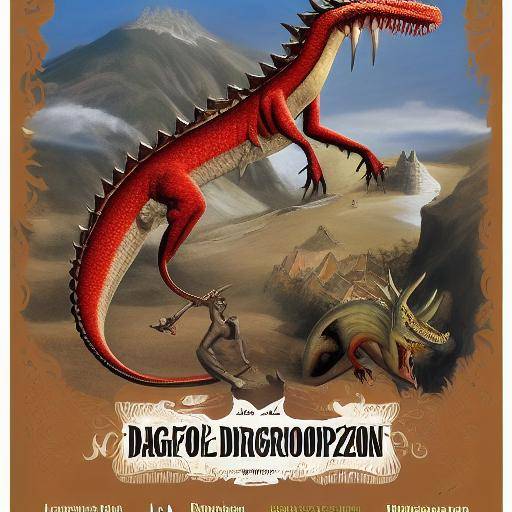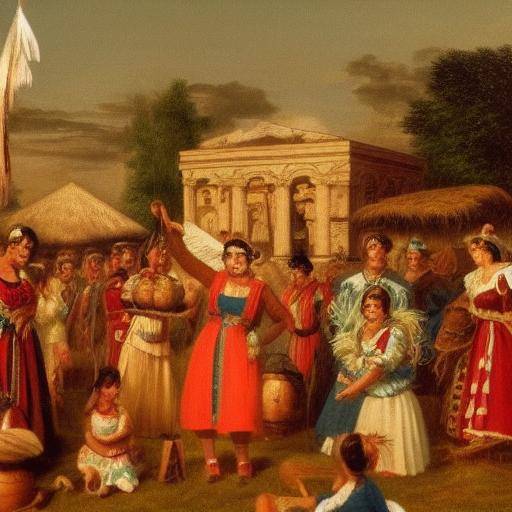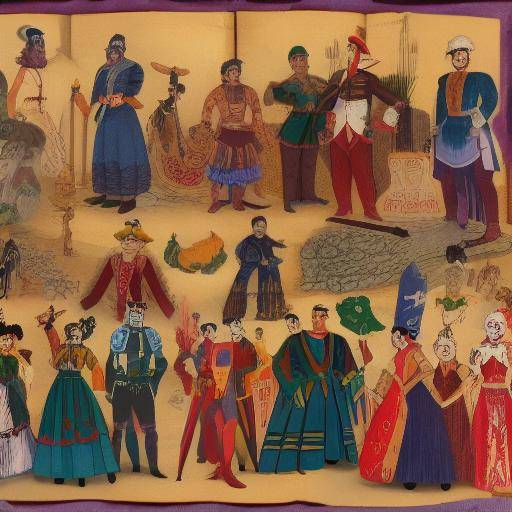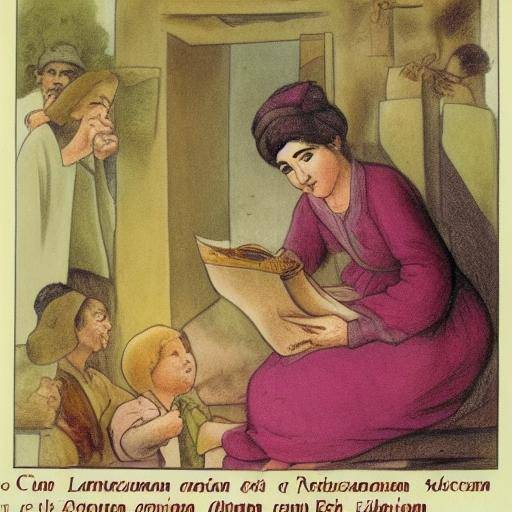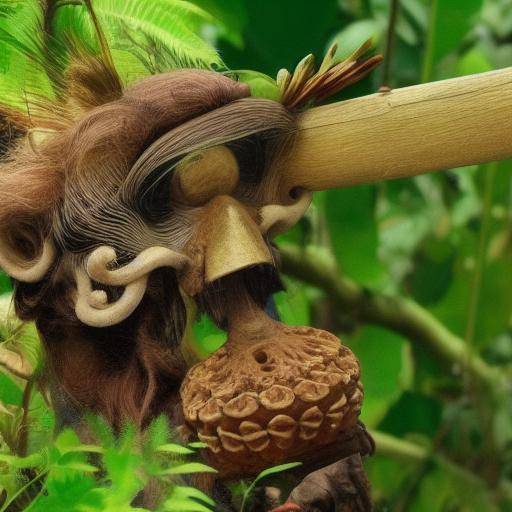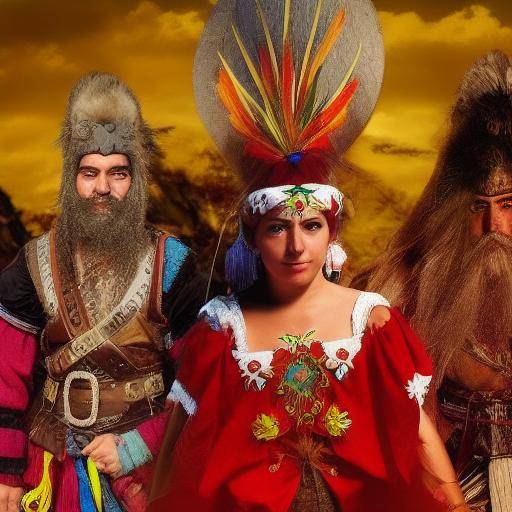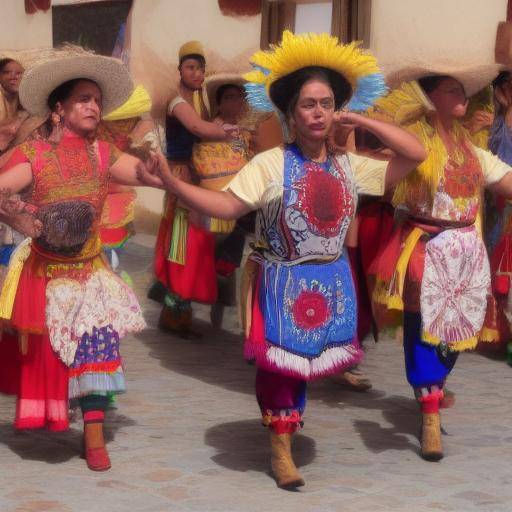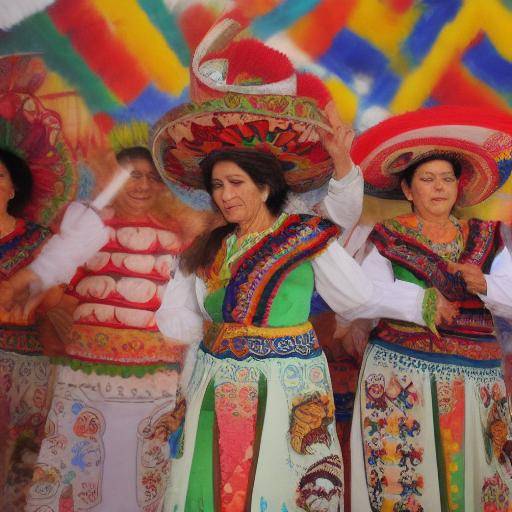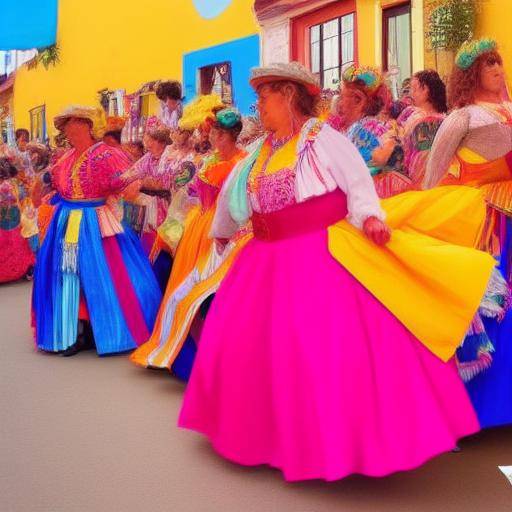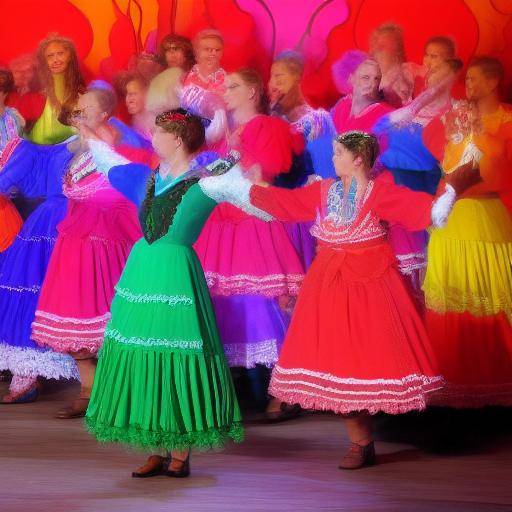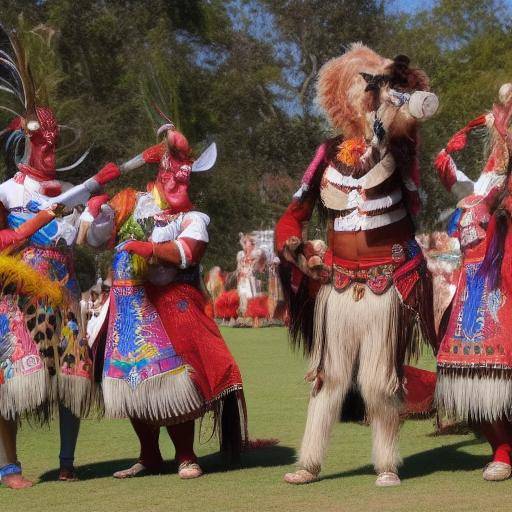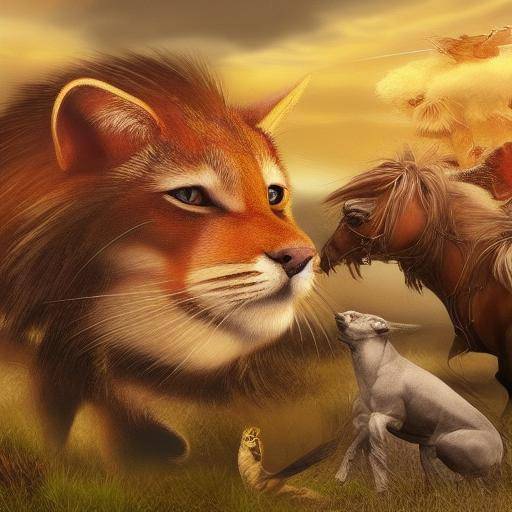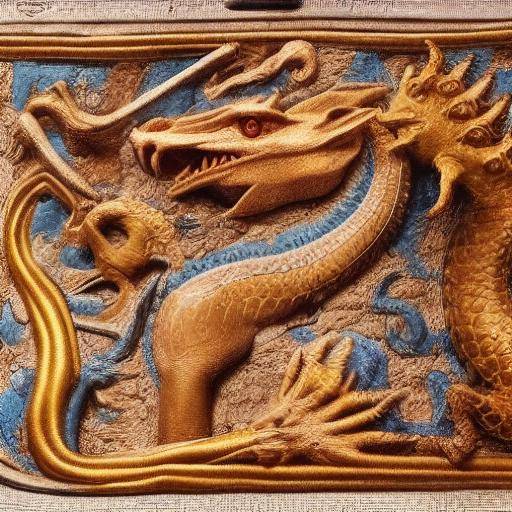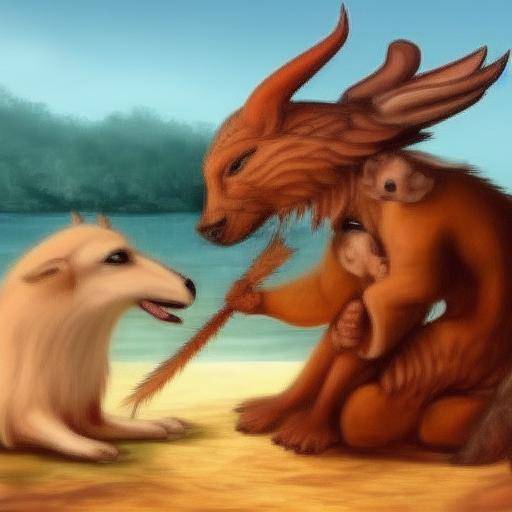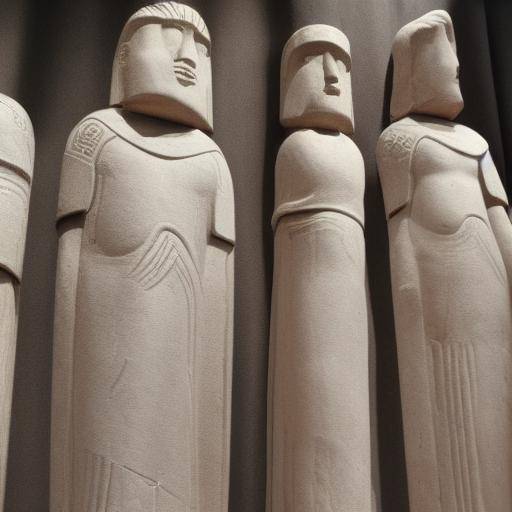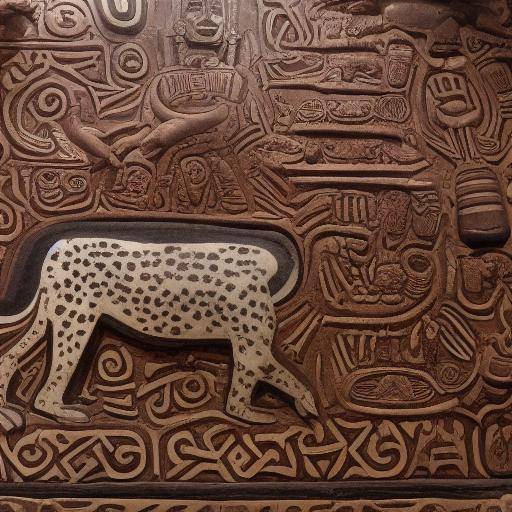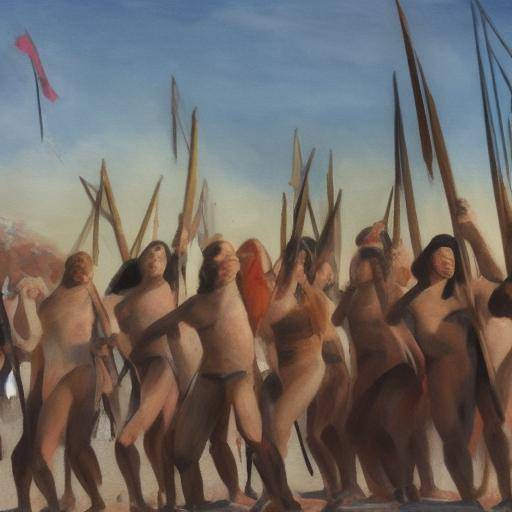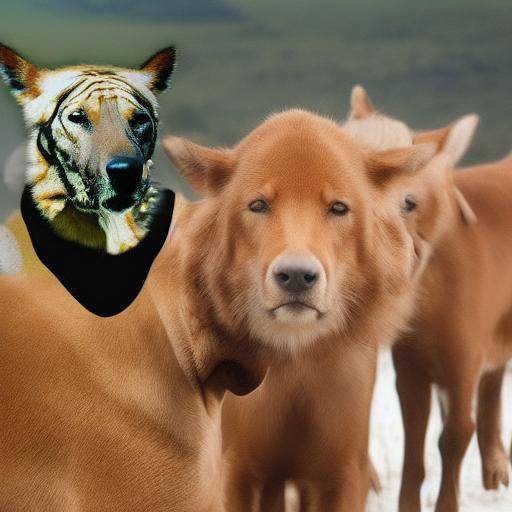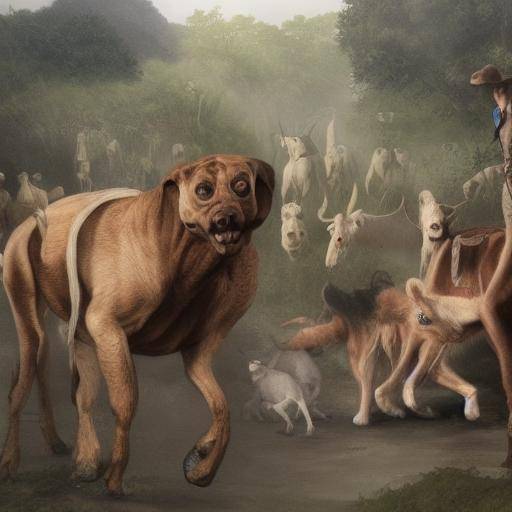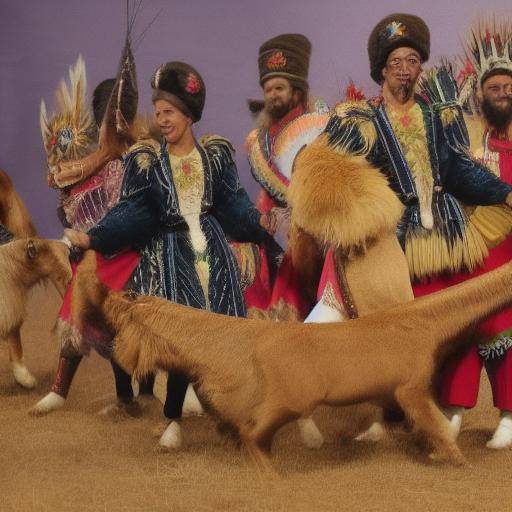
In the varied and colorful spectrum of Latin American folklore, sacred animals occupy a place of honor, full of symbolism and ancestral meaning. These creatures have been venerated and mythified throughout history, manifesting themselves in the oral narrative, traditions and spiritual practices of the various Latin American cultures. From the majestic serpent to the mystical jaguar, Latin American folklore is impregnated with the presence and symbolic power of these sacred animals. Through this article, you will immerse yourself in the fascinating world of sacred animals, exploring its profound meaning in the context of Latin American folklore and unraveling the symbolism rooted in the beliefs and traditions of the region.
Introduction
The sacred animals play a central role in the cultural fabric of Latin America. These creatures not only represent mythological figures, but also embody fundamental qualities and values that have shaped the cosmovisions of the different indigenous communities and mestizas over the centuries. In this article, we will explore the history and symbolism of the sacred animals in the context of Latin American folklore, delving into their cultural, spiritual and social significance.
History and Background
Latin America has an incomparable wealth of ancestral traditions, many of which celebrate and honor life in all its manifestations, including sacred animals. From pre-Columbian civilizations to later cultural influences, animal veneration has been a constant in Latin American folklore. The jaguar, the condor, the eagle, the serpent and the puma, among others, have occupied a prominent place in mythical narratives and ritual ceremonies. These creatures are considered spiritual guardians, symbols of strength, wisdom, cunning and connection with the natural world.
The Jaguar: Emblem of Power and Mystery
The jaguar, known as the "king of the jungle" in many Latin American cultures, is an emblematic figure that symbolizes power, cunning and protection. From ancient Mayan and Aztec civilizations to the Amazonian tribes, the jaguar has been revered as a supreme being, capable of passing between the earthly and the spiritual world. Its mottled skin and its ferocity have made it a symbol of indomitable nature, inspiring respect and admiration.
The Serpent: Wisdom and Regeneration
The snake is another sacred animal that occupies a prominent place in Latin American folklore. Its association with wisdom, regeneration and the eternal cycle of life and death makes it a symbol of great significance in various indigenous cultures. From the legendary mesoamerican mythology-packed snakes of the Amazon, this enigmatic reptile has been venerated as a carrier of esoteric knowledge and as a representation of duality and cosmic equilibrium.
Deep analysis
This section will explore the various interpretations and representations of the sacred animals in Latin American folklore, as well as their influence on the worldview and cultural identity of the communities of the region. In addition, their roles will be discussed in ritual traditions, artistic expressions and the collective mentality of Latin American peoples.
Comprehensive review
In this section, a thorough analysis of contemporary applications of symbolism of sacred animals will be carried out in the context of Latin American folklore. Current case studies and practices will be presented that demonstrate their continued relevance in areas such as art, ecology, spirituality and the conservation of cultural heritage.
Comparative analysis
The symbolisms associated with the sacred animals in Latin American folklore will be compared and contrasted, highlighting the similarities and differences between various indigenous traditions and mestizas. This analysis will appreciate the wealth and diversity of interpretations that coexist in the region, as well as identify cross-sectional patterns that transcend cultural and geographical boundaries.
Practical Tips and Accessible Recommendations
In this section, practical advice will be offered to those interested in understanding and celebrating the symbolism of sacred animals in the context of Latin American folklore. From participation in traditional festivities to the exploration of contemporary artistic works inspired by these symbols, readers will find guidance on how to incorporate this knowledge into their own cultural experiences and practices.
Industry Perspectives and Expert Reviews
Perspectives of experts in anthropology, folklore, ethnography and spirituality will be collected to enrich the analysis of the symbolism of sacred animals in the Latin American context. These opinions will provide a specialized look that will broaden the understanding of the contemporary meanings and uses of these ancestral symbols.
Case Studies and Real Life Applications
Through case studies and concrete examples, it will be illustrated how symbols associated with sacred animals take life in the social and cultural framework of Latin America. From ritual ceremonies to artistic manifestations, revealing examples will be highlighted that exemplify the continued relevance of these symbols in everyday life and in the preservation of ancestral traditions.
Future and Prognostic Trends
In this section, the emerging trends related to the symbolism of sacred animals in Latin American folklore will be explored. Based on current research and expert projections, possible future scenarios will be traced that could influence the evolution and understanding of these symbols in contemporary societies.
Conclusion
The sacred animals and their symbolism in Latin American folklore represent a universe of meaning deeply rooted in the traditions and worldview of the peoples of the region. This article has addressed various aspects of this topic, from its history and deep symbolism to its contemporary relevance and future perspectives. By understanding and assessing the importance of these symbols, we can enrich our appreciation of the cultural and spiritual diversity of Latin America.
Frequently asked questions
1. What are some of the most venerated sacred animals in Latin American folklore?
The most venerated sacred animals in Latin American folklore include jaguar, snake, condor, eagle and puma, among others. Each of these animals has a unique symbolism and has been the subject of reverence in various indigenous cultures and mestizas of the region.
2. How does the symbolism of sacred animals manifest itself in the daily lives of Latin American communities?
The symbolism of sacred animals is manifested in the daily lives of Latin American communities through traditional festivities, ritual ceremonies, works of art, myths and legends, as well as in the worldview and spiritual practices of indigenous and mestizos peoples.
3. What is the importance of respect and preservation of sacred animals in Latin American folklore?
The respect and preservation of the sacred animals are fundamental in Latin American folklore, since these animals represent not only spiritual symbols, but also guardians of biodiversity and connection with nature. Its preservation is crucial for the sustainability of ecosystems and the continuity of cultural traditions.
4. How do beliefs in sacred animals influence conservation and development decisions in Latin America?
Beliefs in sacred animals can influence conservation and development decisions in Latin America by raising awareness of the importance of preserving certain species, as well as by promoting intercultural approaches that integrate indigenous perspectives in the management of natural resources.
5. How have the sacred animals in Latin American folklore inspired contemporary artistic manifestations?
The sacred animals in Latin American folklore have inspired a wide range of contemporary artistic manifestations, including paintings, sculptures, dances, music and literature. Artists from the region have explored and reinterpreted animal symbols from different perspectives, thus enriching the cultural acquis of Latin America.
6. What are some future trends in the interpretation and valuation of the symbolism of sacred animals in Latin America?
Some future trends in the interpretation and valuation of the symbolism of the sacred animals in Latin America point to greater integration of indigenous perspectives in the understanding and appreciation of these traditions, as well as to intercultural efforts that promote the safeguarding of these forms of ancestral knowledge.
In conclusion, the symbolism of the sacred animals in Latin American folklore represents a profound manifestation of the relationship between the indigenous cultures and mestizas of the region with nature and the spiritual world. In exploring and understanding these symbols, we can appreciate the beauty and diversity of Latin American cultural heritage, as well as reflect on the importance of preserving and assessing these traditions in the contemporary context.
With this, we invite you to continue exploring and deepening the fascinating universe of sacred animals and their symbolism in Latin American folklore, thus discovering the spiritual and cultural richness that characterizes this wonderful region of the world.

